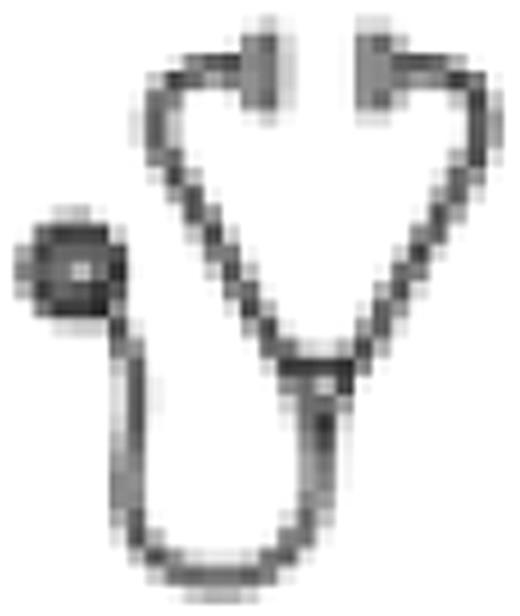Abstract
Abstract 871
Since 1993, Italian pediatric patients (age <18 years) with newly diagnosed acute promyelocytic leukemia (APL) have been enrolled in two consecutive multicenter Gruppo Italiano per le Malattie Ematologiche dell'Adulto (GIMEMA) - Italian Pediatric Hematology and Oncology Group (AIEOP) AIDA 0493 and 2000 trials. The AIDA 0493 protocol consisted of an induction including ATRA (25 mg/m2/day) and idarubicin, followed by three polychemotherapy consolidation courses without ATRA and a four-arm randomized maintenance therapy for patients who were PCR- after consolidation. The AIDA 2000 trial, which started in September 2000, included the same induction followed by a risk-adapted (Sanz criteria, Blood 2004) consolidation. Low and intermediate risk children received three less intensive anthracycline-based courses plus ATRA; for high risk patients, consolidation was intensified by adding ATRA to the three polychemotherapy consolidation courses of the previous protocol. Maintenance therapy consisted of standard daily mercaptopurine and weekly methotrexate given for two years. ATRA was administered for fifteen days every three months during all maintenance therapy. Between January 1993 and June 2000, 124 children were enrolled in the AIDA 0493 protocol. The results of this study have been previously reported (Testi et al, Blood 2005). From July 2000 to January 2009, 123 children with newly diagnosed APL were enrolled in the AIDA 2000 risk-adapted trial. We have now performed an updated analysis of the results of the first study and compared these results with those achieved with the AIDA 2000 study. The median follow-up is 12 and 5 years for the AIDA 0493 and 2000 studies, respectively. No differences in the main clinical and biologic diagnostic patients' characteristics - M/F ratio, median age, median WBC count, FAB M3/M3v, BCR1/BCR2/BCR3, low-intermediate/high risk - were observed between the two groups; the median platelet count was higher in the AIDA 2000 group (27.5 vs 20 × 109/L, p 0.05). The complete remission rate was 96% and 100% in the AIDA 0493 and 2000 protocols, respectively, with no patient showing resistant disease. No toxic death was recorded during the consolidation phase in both protocols; at recovery from the third consolidation course, 97% and 99% of the two groups of patients, tested by RT-PCR, achieved molecular negativity.
The 6-year Kaplan-Meier estimates of overall survival (OS) and disease-free survival (DFS) are 89.7% (CI 95%: 84.7–95) vs 96% (CI 95%: 91.7–100), (p 0.05) and 73.1% (CI 95%: 66.7–80.2) vs 82.5% (CI 95%: 75.9–89.8), (p 0.28) in the AIDA 0493 and 2000 protocols, respectively. For low/intermediate risk children, OS and DFS at 6 years are 94.2% (CI 95%: 89.1–99.5) and 76.7% (CI 95%: 68.9–85.4) in the AIDA 0493 vs 95.6% (CI 95%: 90.0–100) and 82.7% (CI 95% 74.9–91.3) in the AIDA 2000 trial, respectively (p 0.57 and 0.73); considering high risk patients, OS and DFS at 6 years are 81.6% (CI 95%: 72.1–92.3) and 65.2% (CI 95%: 54.7–77.6) in the AIDA 0493 vs 96.8% (CI 95%: 90.9–100) and 82.3% (CI 95%: 70.1–96.5) in the AIDA 2000 trial (p 0.05 and 0.20).
These results confirm the high anti-leukemic efficacy of the ATRA + idarubicin induction combination. For low/intermediate risk children, the anthracycline-based plus ATRA consolidation is equally effective as the previous cytarabine-containing regimen. The risk-adapted strategy including ATRA for consolidation resulted into a significant improvement in OS for all children. Furthermore, our results highlight the role of cytarabine coupled to anthracyclines and ATRA during consolidation in the high-risk group.
Foa:Roche: Consultancy, Speakers Bureau.

This icon denotes an abstract that is clinically relevant.
Author notes
Asterisk with author names denotes non-ASH members.

This feature is available to Subscribers Only
Sign In or Create an Account Close Modal